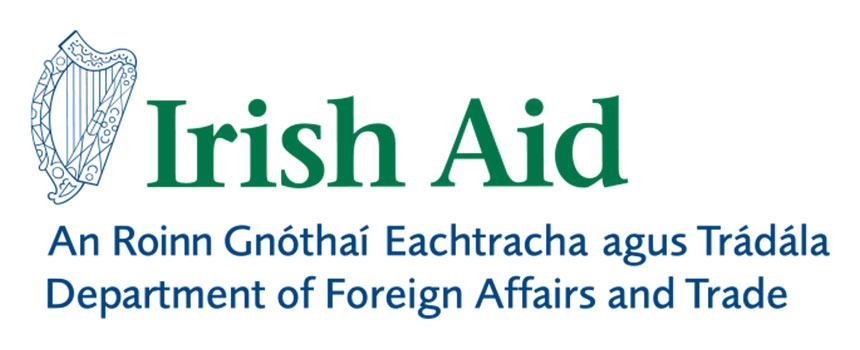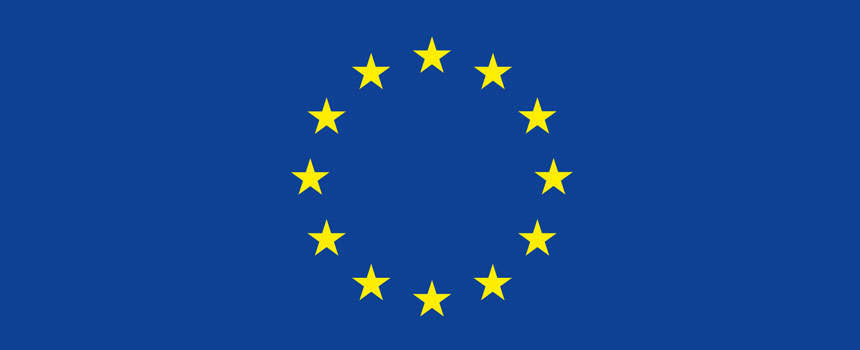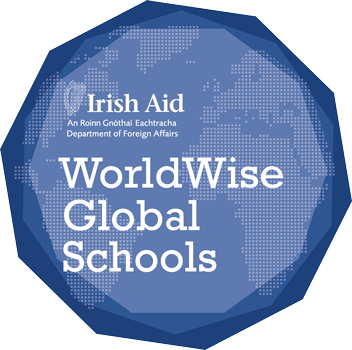The Global Debt Justice Movement
The global debt justice movement spans many decades, going back to the 1970s. Around the year 2000, there were many high profile debt cancellations of very poor countries. Following years of social mobilisation, debt relief initiatives were created for the poorest and most deeply indebted countries, with the aim of reducing those countries’ debts to “sustainable levels”.
This did not mean an end to unjustifiable debt in poor countries. Data from the World Bank show that loans to impoverished country governments increased by 40% in just one year, from 2012 to 2013, and have almost tripled since the global financial crisis began in 2008. In the current global economic crisis, many of these countries have fallen even deeper into debt in attempts to cope with the impacts the crisis is having on their economies. The outflows of debt repayments continue to represent a massive expenditure for Southern countries already facing major budgetary shortfalls. Global South countries owe almost US $5 trillion in public external debt.
This approach to debt relief creates a cycle of dependency of the borrowing country upon the lender: after receiving partial cancellation of their debts, governments continue to resort to loans, in many cases from the IMF, creating new cycles of over-indebtedness. The increasing scale of debts in countries of the Global South is a core concern of the international debt justice movement, and for DDCI. In DDCI we believe in, and advocate for, global debt justice. We demand a new financial system that serves communities and the planet, protects our common resources, and shares our wealth fairly.


